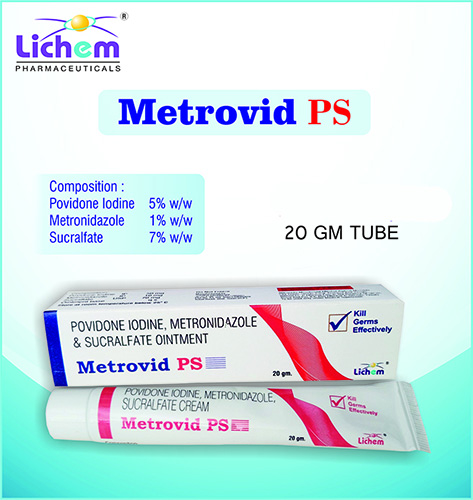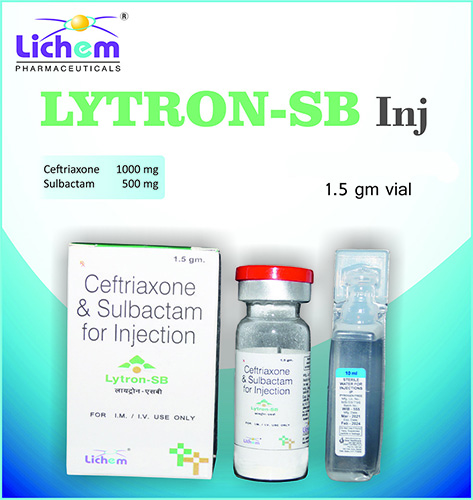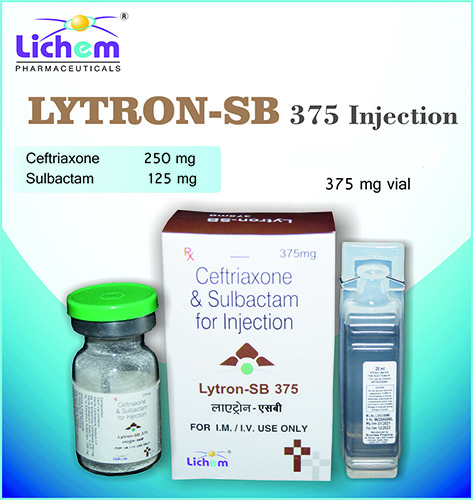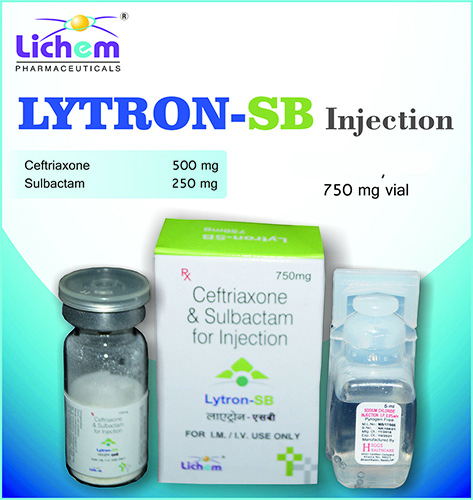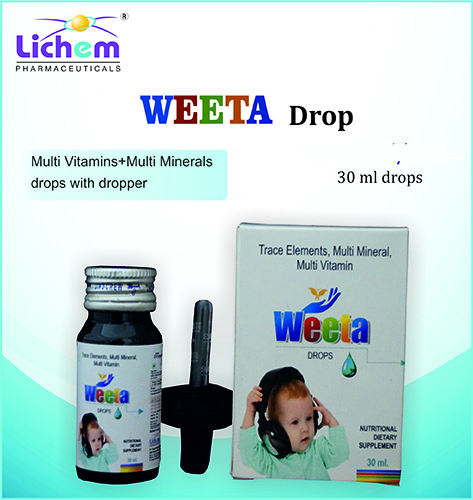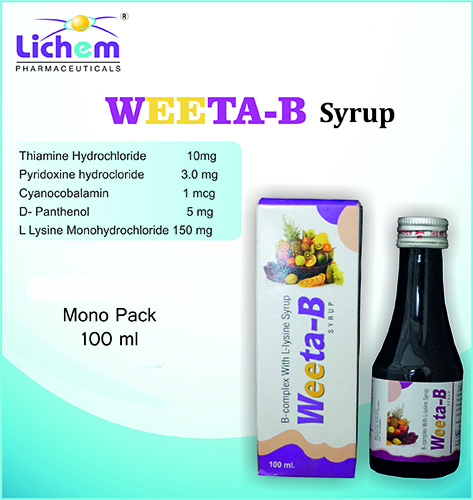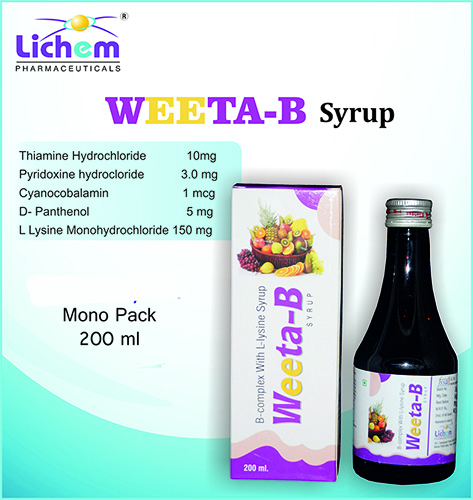Composition : Povidone lodine 50 mg + Metronidazole 10 mg + Sucralfate 70 mg Povidone-Iodine : An antiseptic that kills bacteria, viruses, and fungi. It works by oxidizing (damaging) the cell walls of microorganisms. Metronidazole : An antibiotic specifically effective against anaerobic bacteria (bacteria that don't require oxygen to survive). These bacteria can be present in some wounds and contribute to infection. Sucralfate : A medication that forms a protective coating over the wound bed. This coating: Protects the underlying tissue from stomach acid and digestive enzymes that may be present in the wound (especially relevant for mouth ulcers or peptic ulcers). Creates a favorable environment for healing. INDICATIONS First aid Wounds and cuts Pre Surgical use Post-surgical cleaning
Send Message